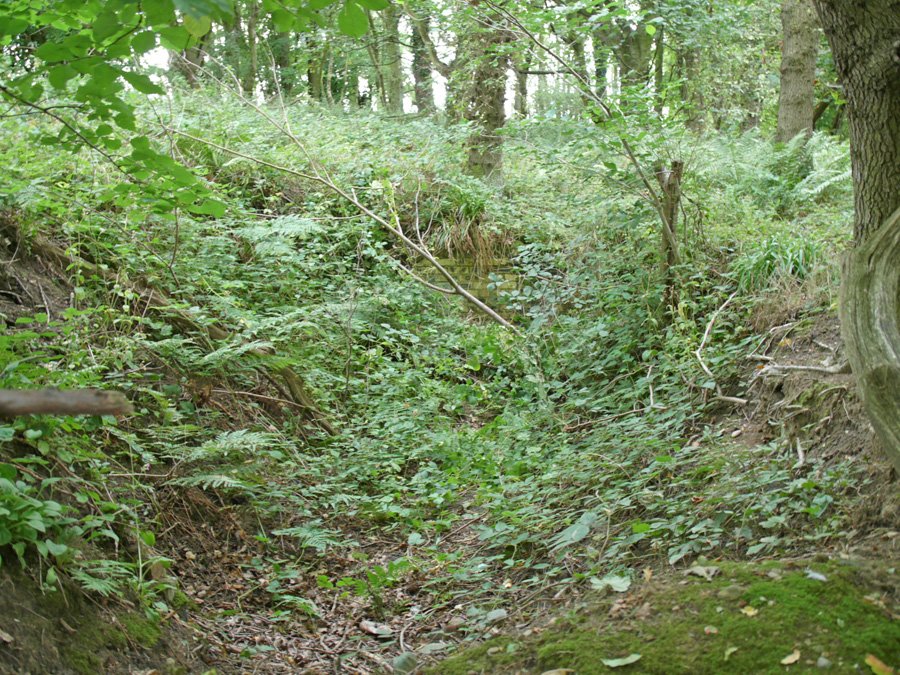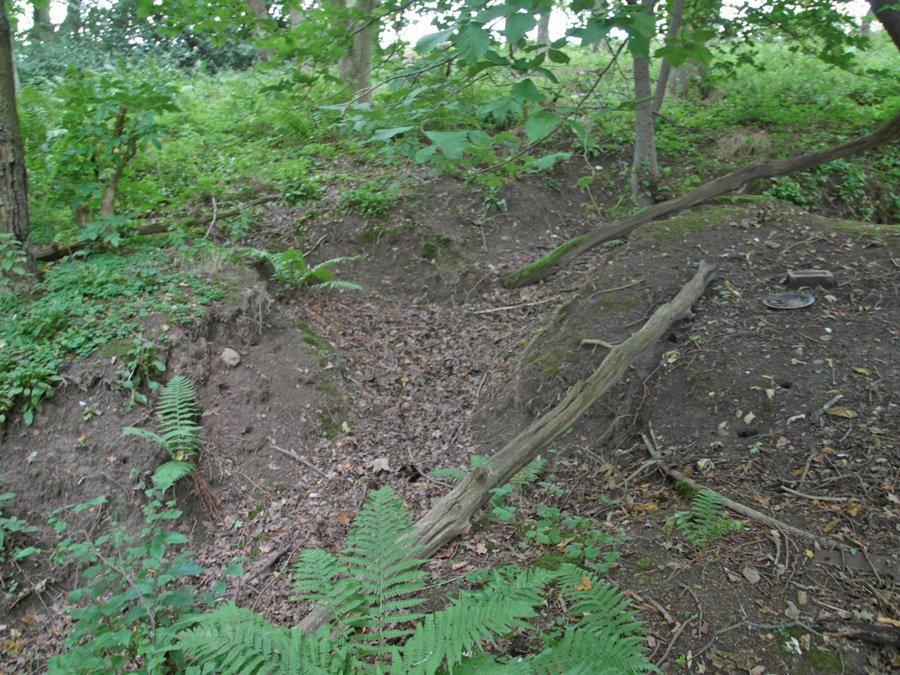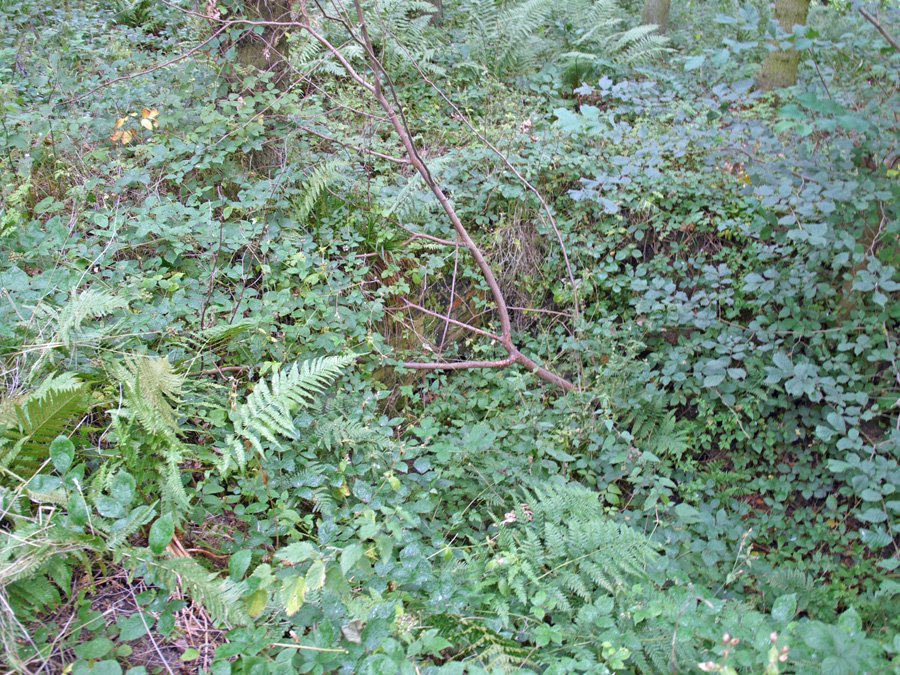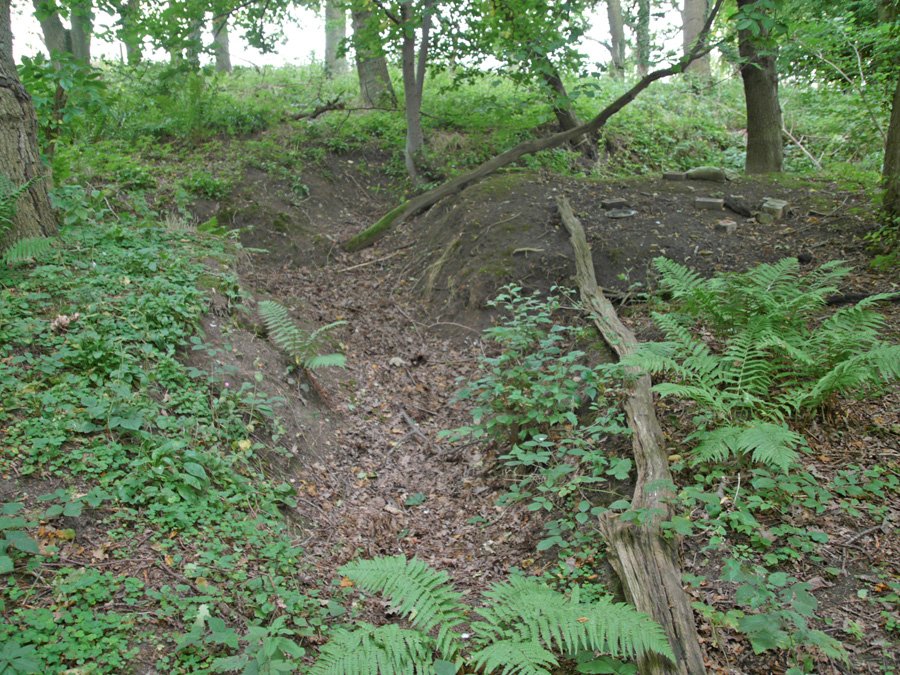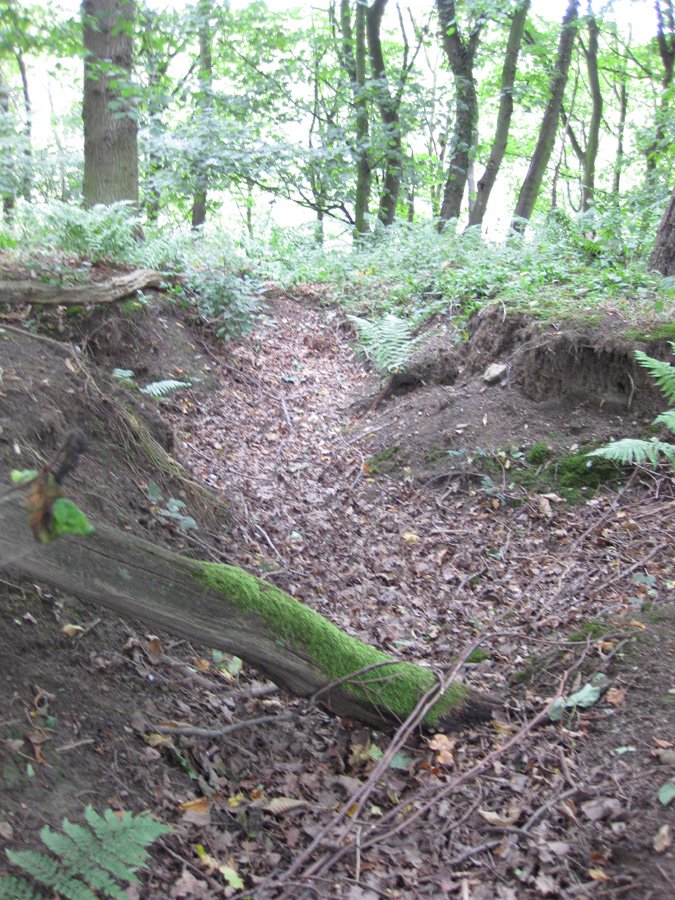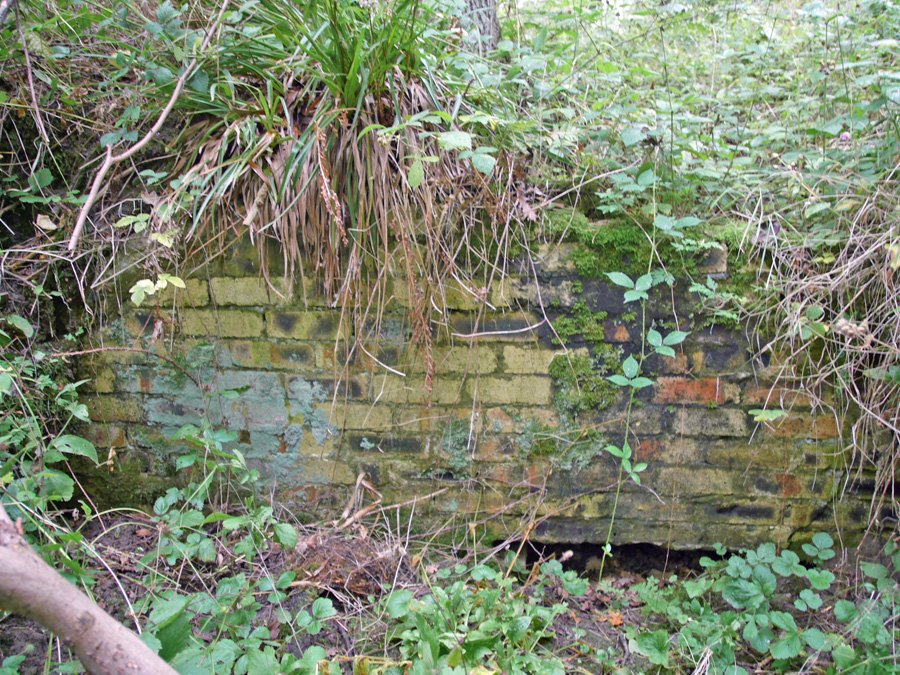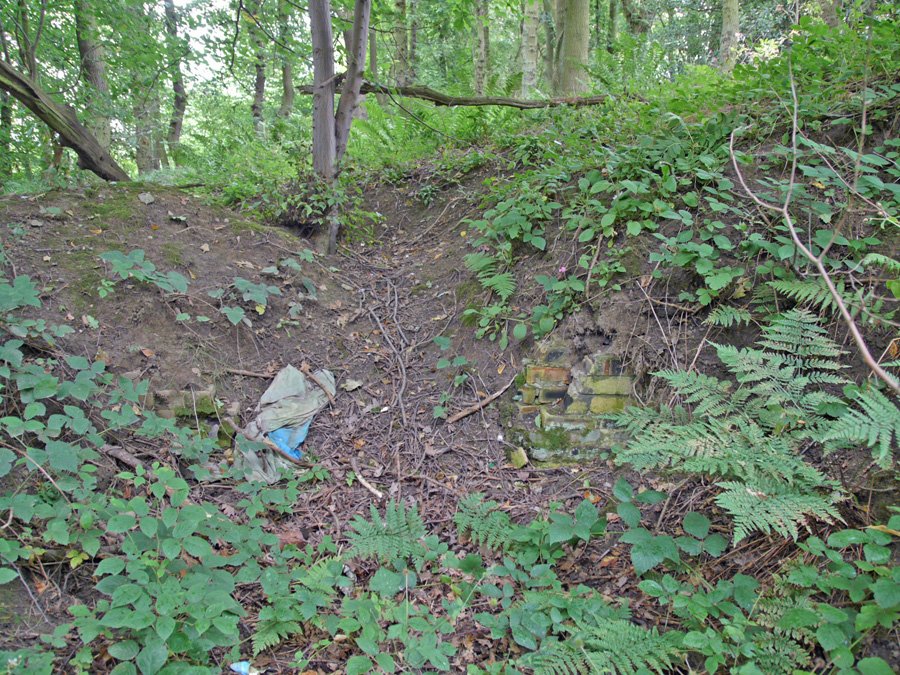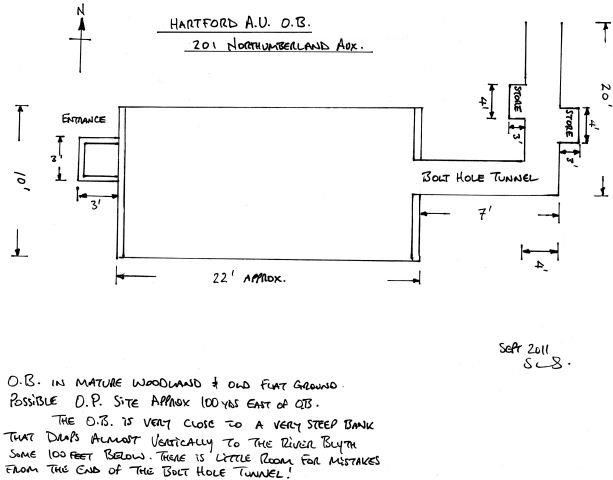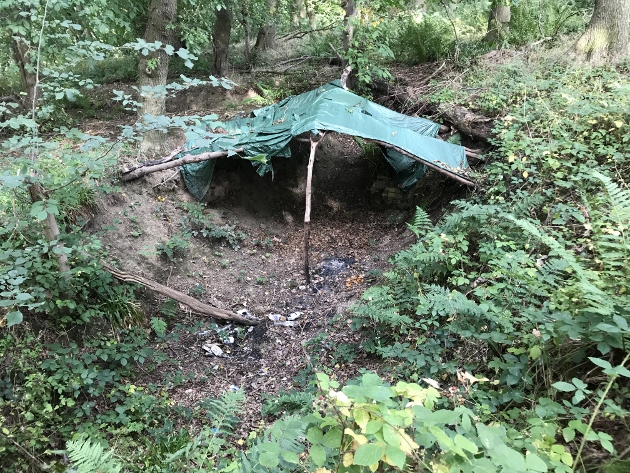The Patrol was based to the west of Bedlington and to the north of Cramlington near the River Blyth.
| Name | Occupation | Posted from | Until |
|---|---|---|---|
| Sergeant Alfred William Smith | School board man |
Unknown | 03 Dec 1944 |
| Private James Thomas Barrass | Miner |
Unknown | 03 Dec 1944 |
| Private Wilfred Henderson | Electric & acetylene welder |
Unknown | 03 Dec 1944 |
| Private Richard Albert Needham | Mining electrical engineer |
Unknown | 03 Dec 1944 |
| Private Norman Matthew Thompson | Market gardener |
Unknown | 03 Dec 1944 |
| Private Wilfred Wood | Colliery surveyor |
Unknown | 03 Dec 1944 |
| Private George Willis Dawson Wylie | Butcher for the Co-op |
Unknown | 03 Dec 1944 |
The Patrol OB was a standard "Elephant" type shelter built by the 184th (S) Tunnelling Company Royal Engineers in Hartford Woods.
The OB follows most Northumberland OBs in being oriented east to west with an escape tunnel heading toward the River Blyth. However the OB is on high ground which gives a long drop to the river below. They probably had some sort of hidden rope for the drop as jumping would end in serious injury. The OB escape tunnel looks to have had two storage areas built into it.
The OB was accessed via a trap door that was attached to a metal ring which when pulled operated the counter balance to raise the door. Major Hall recalled; "There was a hide in Hartford Woods and the entrance consisted of a flat tray on balanced rollers. Over the tray we grew a pile of brambles. It would have been near impossible to sport, even inside the clump of brambles as the entrance opened by pulling a small ring attached to a wire".
Approximately 100 yards east of the OB site is a hollow in the ground that is close to a farm house. This was the Patrol Observation Post giving good views across the fields to the south of the OB.
East Hartford Patrol
Targets would have included railway bridges on the Blyth & Tyne line and the East Coast main line. The Patrol removed some of the stonework of the Plessey railways viaduct and filled it with explosives just in case they had to demolish it.
Road bridges over the River Blyth would have been another target as would have been Blagdon Hall, Arcot Hall and Seaton Delaval Hall all probable German HQs in the event of invasion.
The nearby invasion beach from Blyth to Seaton Sluice would have been on the Patrol's list as would have been Cramlington Airship Station, used during WW2 for military supplies and manufacturing of shell casings.
The Patrol trained locally and at Norman Thompson's market garden using Noble explosives to clear trees.
They went to Cupar in Fife, for the commando training course and the Sergeant went to Coleshill House for specialist training.
Tot Barrass said they had a .22 sniper rifle with silencer and telescopic sights and at least one Sten gun.
Unusually for the Auxiliary Units they were issued with American .45 M1911 semi automatic pistols.
All had a Fairbairn Sykes fighting knives and the Patrol was issued with the Auxiliary Unit Mark 2 kit.
Tot Barrass' wife worked at the Cramlington Airship Station inspecting shell cases and camouflage netting all of which was made on the site.
Alf Smith was the Scouts District Commissioner and a Church Warden and also a keen local historian. He fell foul of the authorities due to the Auxiliary Units work he was doing. He was letting his Church Warden duties slip and had to appear before the higher church authorities to explain himself. They questioned his commitment to the role which he took badly as he was a very religious man. As a result, he lost his role as Church Warden, something he was bitter about for the rest of his days.
The Patrol went to Balmoral to guard the Royal Family and were give new uniforms and Glengarry hats when they attended Crathy church. This was part of a six week tour.
The Patrol also went to the Isle of Wight just before D-Day where they looked after the power station, this was a four week tour.
All the members were connected to the Boys Scouts groups in the area.
Tot Barrass interview
Norman Thompson (Jnr)
Dave Neville
The National Archives at Kew ref WO199/3389
Hancock data held at B.R.A
Captain Anthony Quayle interview
Morpeth & Ashington Extra Feb 2011
